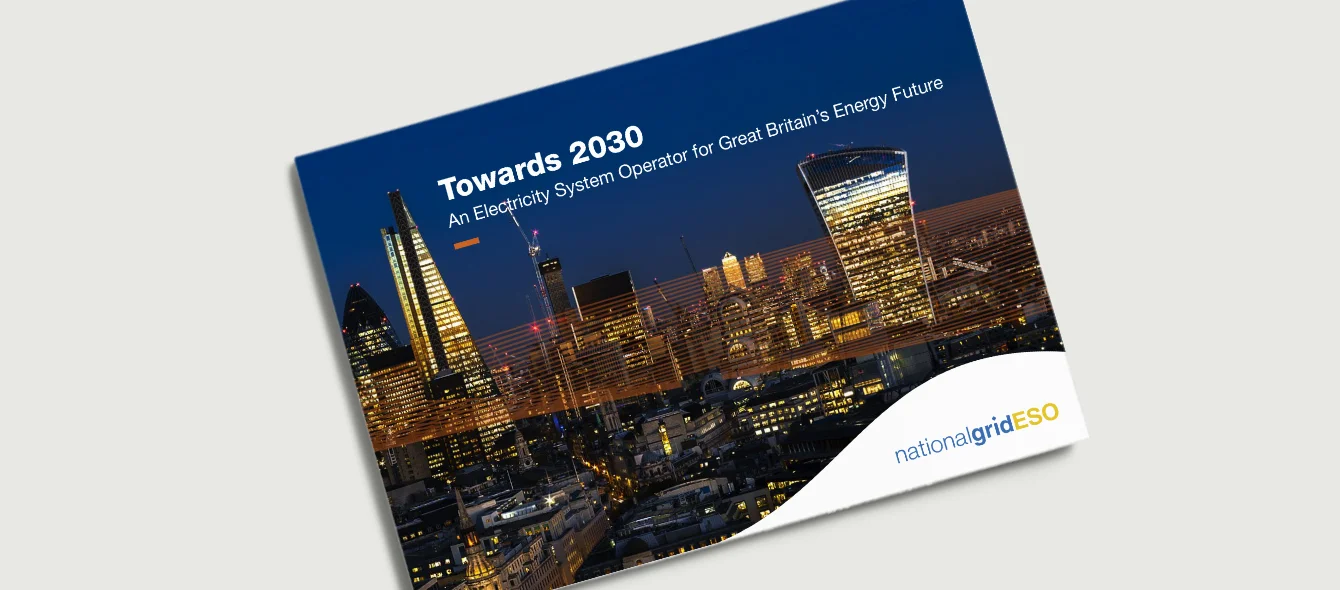National Grid ESO, the UK’s electricity system operator, in April, published Towards 2030, an outline of what a fully decarbonised energy system will look like in 2050 and what the UK needs to do by 2030 to achieve it. As electricity system operator, NG ESO will play a pivotal role in meeting the government’s target of achieving net zero carbon emissions over the next 30 years. By 2050, consumers’ relationship with energy will have changed fundamentally, NG ESO says. From simple users, consumers will become ‘prosumers’, generating and storing energy either for their own use or to sell back to the grid. This will be managed by smart technologies which efficiently manage interactions between households and the wider electricity system.
Homes will be more than a third more thermally efficient and thus have lower heating requirements. How your home will be heated will also change. Today, around 84% of UK homes have gas boilers, but a majority of these will be replaced by a combination of hydrogen boilers, heat pumps, district heating, as well as hybrid systems using electricity and decarbonised gas. Out on the driveway will stand an electric car – diesel and petrol engines will be museum items. All commercial vehicles, including Heavy Goods Vehicles, will run on electricity, hydrogen or biogas. In addition to reduced greenhouse gas emissions, this is expected to bring significant health benefits, owing to improved air quality and a quieter environment overall.
This will be a huge change. At end-March, there were around 300,000 electric cars on UK roads and plug-in models made up only 7.3% of new car registrations, according to the Society of Motor Manufacturers and Traders.
Powering the future
The electricity needed to power this zero carbon future will come primarily from renewable energy sources, backed by nuclear power and decarbonised gas. It will require a huge expansion in renewable energy capacity. Wind power will be in the vanguard.
Towards 2030 estimates the UK will need to quadruple its wind power and triple its solar power capacities at least by 2050. At the end of 2019, the UK had 24.0 GW of wind capacity and 13.6 GW of installed solar capacity. As a result, according to NG ESO, wind will have to hit 100 GW by 2050 and solar will need to exceed 40 GW. The increase in variable generation from renewables will mean the large-scale deployment of batteries to manage electrical supply and demand. Even negative carbon technologies will be in use. This can be achieved through combining bioenergy with carbon capture and storage, the latter also being the technology employed to decarbonise natural gas.
Change starts now
2050’s zero carbon world may seem a distant future, but change starts now, according to NG ESO. Over the next decade, the foundations of the 2050 world must be put firmly in place.
It says success in 2025 would mean having an electricity system capable of operating carbon free. This will require a transformation in NG ESO’s approach to real-time operations and in the markets which underpin the electricity system. By 2025, an open and fully competitive system that provides equal access to all technologies and service providers is required, alongside a ‘whole system strategy’ for the following years, which supports the 2050 net zero carbon target.
With biogas, decarbonised gas and green hydrogen – in effect a form of electricity storage – entering the gas grid, NG ESO sees the electricity and gas systems becoming increasingly integrated, a concept known as ‘sector coupling’. It sees increased system flexibility as integral to a net zero carbon energy world. This means more interconnections with other markets, such as the EU, demand-side response and storage across the whole system. Market mechanisms will allocate supply and demand efficiently, while the system will become ‘smarter’ through the use of digital technologies, artificial intelligence and machine learning. Human involvement will remain for critical functions such as system balancing.
Whole system approach
A whole system approach, NG ESO says, will optimise investment and planning, thereby reducing costs for consumers, who will also benefit from open, efficient markets, which will deliver competitive prices.
Achieving such a transformation presents many challenges and NG ESO identifies engineering, competition, sustainability and smart transformation, alongside training and retaining the right people, as the key focus areas for success.
Photo credit: © National Grid ESO
